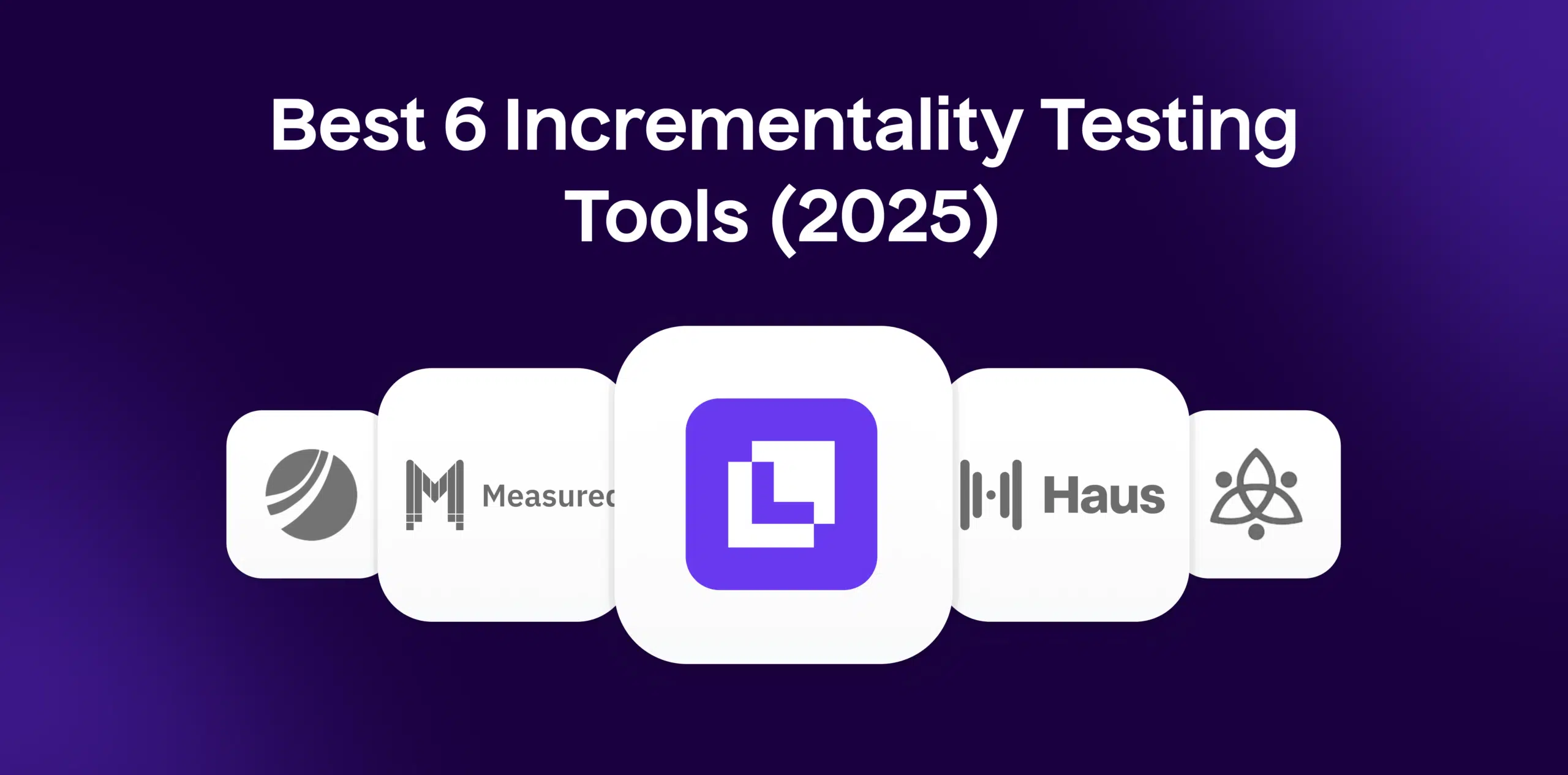What is Cohort Analysis?
Cohort analysis is a subset study of behavioral analytics that takes the data from a given dataset and rather than looking at all users as one unit, it breaks them into related groups for analysis. These related groups, or cohorts, usually share common characteristics or experiences within a defined time-span. Cohort analysis allows a company to “see patterns clearly across the customer lifecycle,” understand the long-term behavior of different cohorts and ultimately make better informed business decisions.
Formula
Example
An example of cohort analysis would be identifying the user behavior on a new feature of a mobile application that was released. Rather than viewing the overall engagement or satisfaction score, the data can be segmented into users who used the feature before and those who started using it after the new update. This enables the company to better understand whether the feature is well-accepted among users.
Why is Cohort Analysis important?
Cohort analysis enables businesses to understand user patterns more effectively. It offers evidence-based data on users’ lifecycle habits, which helps to make informed decisions. Cohort analysis provides insights into whether their product or services improve over time for different cohorts, if specific cohorts use their products more frequently, or if long-term user engagement is influenced by specific external events.
Which factors impact Cohort Analysis?
Improving cohort analysis often revolves around refining the data input and considering the variables being used to define the cohorts. The level of detail in defining cohorts and the aspects to be monitored can drastically change the output of the analysis. Moreover, using visualization tools to present the data gathered from cohort analysis can lead to better insights.
How can Cohort Analysis be improved?
The major factors that influence cohort analysis include time of acquisition, marketing channels engaged, the season or event during which the cohorts were formed, and any marketing or sales campaigns that were live in that period.
What is Cohort Analysis’s relationship with other metrics?
Cohort Analysis is closely tied with several other important eCommerce metrics. It can enhance the understanding of Customer Acquisition Cost (CAC) by dissecting the cohorts based on the channel of acquisition. It gets you a better understanding of Customer Lifetime Value (CLV) by assessing the patterns of different cohorts over a long period. It also offers insights about the churn rate and customer retention, as it tracks the action of users over time.
Free essential resources for success
Discover more from Lifesight
























































